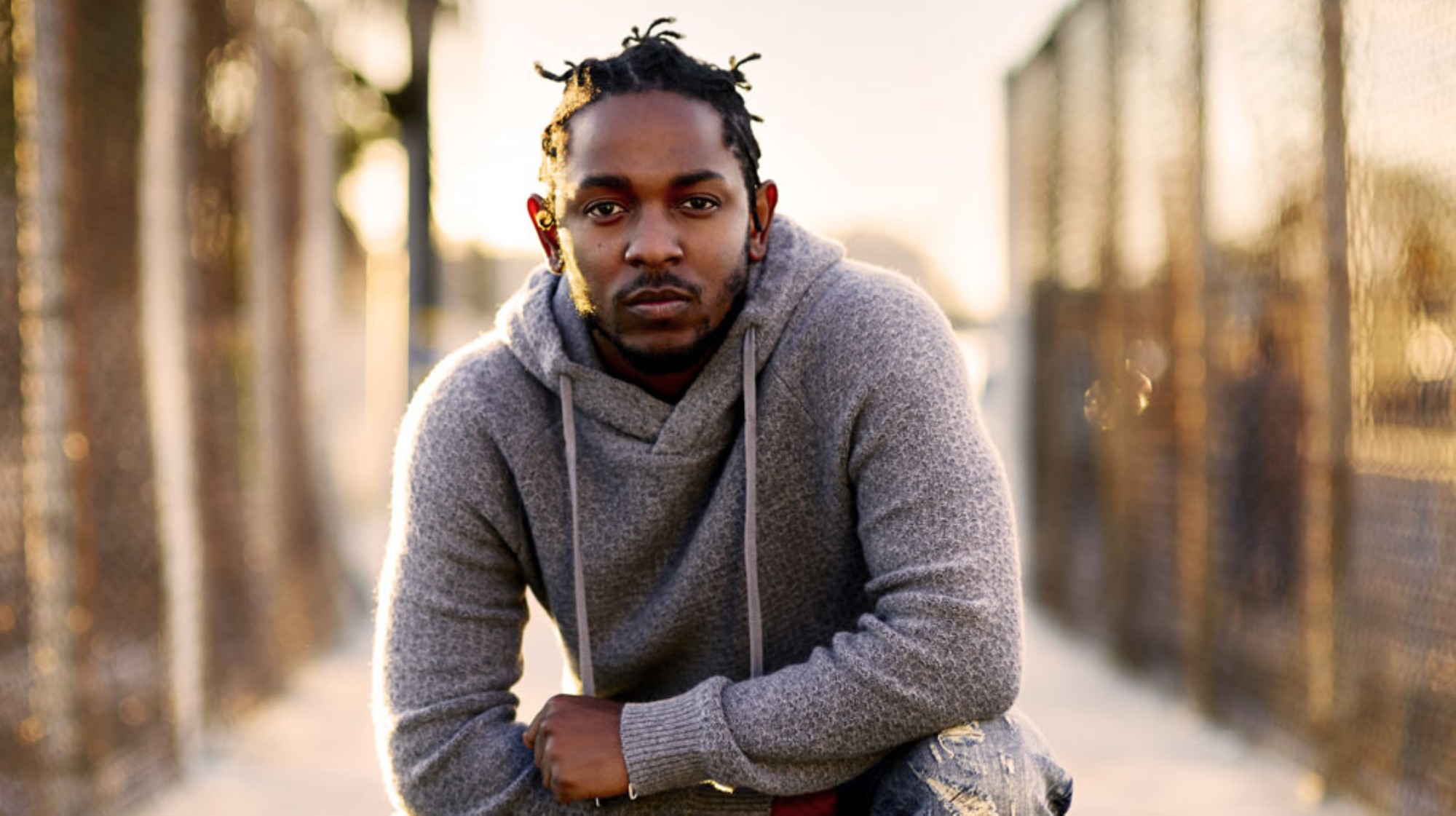So, there was Mac Demarco’s “Another One,” Courtney Barnett’s “Sometimes I Sit And Think, And Sometimes I Just Sit” and now, lastly, Kendrick Lamar’s “To Pimp A Butterfly.”
There’s a reason why “To Pimp A Butterfly” has been on nearly everyone’s end of year list. The album is a challenging and complex listen: a 79-minute long soundtrack that bravely discusses blackness and its many intricacies.
On it, Kendrick serves as both a participant and the voice for a generation still enduring problems of inequality, oppression and racism.
I love “To Pimp A Butterfly” because it’s reminiscent of one of the greatest American novels to ever be written: “Invisible Man” by Ralph Ellison.
Ellison, a black author, wrote “Invisible Man” in 1945; the book was published several years later in 1952. The narrator (who only refers to himself as an “invisible man”) finds himself struggling to define his blackness on his own terms, and being manipulated not only by white people but black people, too.
In those 581 pages, Ellison provides a commentary on black nationalism, individuality and identity, as well as the intellectual and social issues surrounding black people during that time (the novel still resonates today because those same issues are still present, unfortunately).
“To Pimp A Butterfly” has been described as overwhelmingly black, which is probably why “Invisible Man” comes to mind. Both are explicit in their blackness, exploring the complexities and nuances of a culture rich with history both good and bad, demanding and encouraging multiple revisits because there’s always something you missed the first time around.
I bring up “Invisible Man” to emphasize a point. The ambitiousness of “To Pimp A Butterfly” is what makes the album so engaging and exhausting. There’s so much to parse through, that even when you finally arrive at the end you’re just as lost as you were in the beginning, accompanied by a Kendrick who has burdened himself as both the follower and the leader, the sheep and the shepherd.
Where “Good Kid, M.A.A.D City” gave us a well-crafted narrative of who, what and where shaped Kendrick into the man he is today, “To Pimp A Butterfly” showed us the man he trying to become.
I remember when Kendrick dropped “i,” the first single from “To Pimp A Butterfly.” A lot of my friends viewed the track as the rapper selling out, and trying to expand his growing commercial success even further. There’s nothing mainstream about a black man saying he loves himself.
The reality is that Kendrick’s telling himself this because the world is constantly reminding him (and people like him) that they don’t matter. In its positivity, “i” was an incredibly radical single that managed to infiltrate airwaves across the world.
Kendrick wasn’t selling out; he was preparing us for one of the most divisive records to come out in recent history.
Although not explicitly said, from the very beginning you understand that “To Pimp A Butterfly” is a black album for black people. There are elements of Boris Gardiner’s “Every Nigger Is A Star” in album opener “Wesley’s Theory,” as well as a hook (sung by collaborator Thundercat) that goes, “We should’ve never gave niggas money.” It’s simultaneously comedic and poignant, the soundtrack equivalent to a Richard Pryor joke.
From there, the album only intensifies: there’s the spoken word, improvisational jazz jam of “For Free? (Interlude)”; the drunken, manic depressive self critique of “u”; the post-depression celebration of “Alright” (which inevitably became a protest anthem for Black Lives Matters activists this year); and much, much more. Anger, doubt, frustration, hopelessness, sadness is all present, intersecting into failure, success, racism and religion.
The ideas presented are conflicted and therefore complicated. The only answer the rapper seems to offer is in his faith — “But if God got us then we gon’ be alright” Kendrick declares on “Alright.”
I love “Alright.” No song spoke to me as much as that one did in 2015. Those opening lines:
“Alls my life I has to fight, nigga
All my life I
Hard times like God
Bad trips like God
Nazareth, I’m fucked up
Homie, you fucked up
But if God got us we then gon’ be alright”
Whenever I listen to “Alright” I envision a club full of black people. It’s late, everyone’s drunk and everyone’s dancing. When the chorus appears everyone’s yelling the words to each other.
The declaration is just as ambivalent as it is reassuring, but the camaraderie is infectious. Tomorrow everybody will go back to their regular lives, but tonight is a celebration — a celebration to life, perseverance and survival. Because as black people that’s what we have to do. That’s all we can do.
The real world is a complicated place, which is why there’s so much to wrestle with throughout “To Pimp A Butterfly.” But that’s what makes this album so rewarding: a chaotic, dense but engaging artistic endeavor from a 27-year-old man that continues to redefine not only rap music, but music as a whole.
















